Home>diy>Architecture & Design>How To Design A House In Guatemala
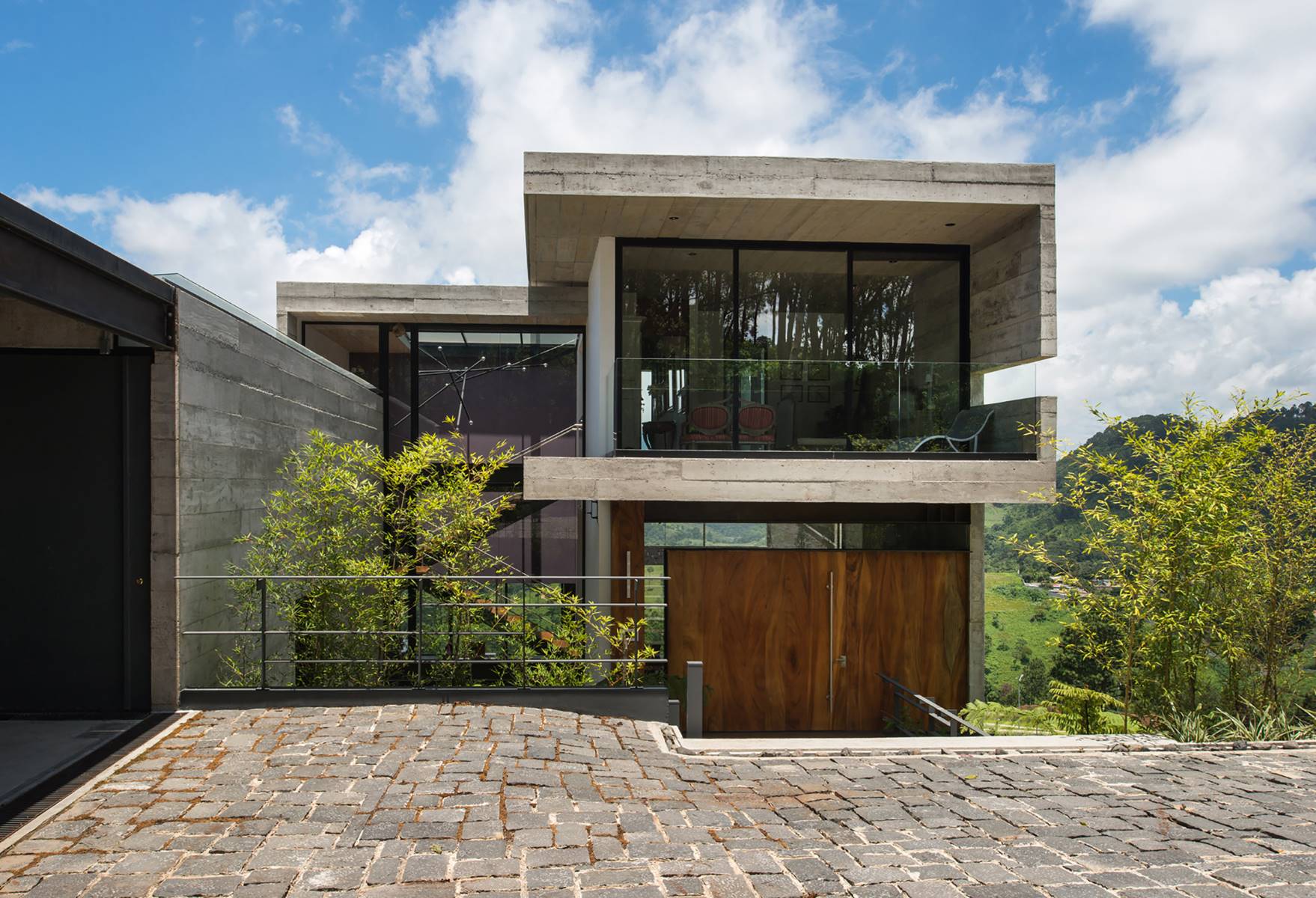

Architecture & Design
How To Design A House In Guatemala
Modified: August 17, 2024
Learn how to design a stunning house in Guatemala with expert tips on architecture design. Create your dream home with this comprehensive guide.
(Many of the links in this article redirect to a specific reviewed product. Your purchase of these products through affiliate links helps to generate commission for Storables.com, at no extra cost. Learn more)
Introduction
Welcome to the vibrant country of Guatemala, known for its rich culture, stunning landscapes, and historic architecture. Designing a house in Guatemala requires careful consideration of the local architectural styles, building regulations, and cultural elements. In this article, we will guide you through the steps to design a house in Guatemala that seamlessly combines the beauty of local traditions with modern comfort.
Designing a house is a complex process that involves extensive research, planning, and collaboration. With the right approach, you can create a space that not only reflects your personal style but also harmonizes with the natural surroundings and Guatemalan heritage.
Throughout this article, we will explore the key steps to designing a house in Guatemala. We will delve into the importance of researching Guatemalan architectural styles, selecting the right location, understanding local building codes, and regulations, as well as hiring an architect who is familiar with the local context. We will also discuss the significance of incorporating cultural elements, ensuring proper ventilation and natural lighting, considering sustainability and energy efficiency, and striking a balance between indoor and outdoor spaces.
Whether you are a local resident or someone who is planning to build a vacation home in Guatemala, this article will serve as a comprehensive guide to help you navigate the intricacies of house design in this beautiful country.
So, let’s embark on this architectural journey and discover how to design a house in Guatemala that seamlessly blends tradition with modernity.
Key Takeaways:
- Embrace Guatemala’s rich architectural heritage by blending traditional styles with modern comfort, ensuring a harmonious and culturally rich home design.
- Prioritize sustainability, energy efficiency, and a seamless indoor-outdoor living experience to create a unique and environmentally conscious house in Guatemala.
Read more: How To Design Stairs In A House
Step 1: Researching Guatemalan Architectural Styles
Before embarking on the design process, it is crucial to research and understand the various architectural styles that are prevalent in Guatemala. This will give you insights into the local culture, history, and traditions, which can be incorporated into the design of your house.
Guatemala is home to a rich blend of architectural influences, ranging from pre-Columbian Mayan structures to Spanish Colonial and modernist designs. Each architectural style has its unique characteristics that reflect the country’s diverse heritage.
One popular architectural style in Guatemala is the Spanish Colonial style. This style is characterized by its thick adobe walls, red-tile roofs, beautiful courtyards, and ornate ironwork. These elements evoke a sense of history and elegance, creating a timeless appeal.
Another prominent style is the Mayan architecture, which draws inspiration from the ancient Mayan civilization. The Mayan structures are known for their intricate carvings, stepped pyramids, and the use of local materials such as limestone and volcanic stones.
Additionally, you can explore contemporary and modern architectural styles. These styles focus on clean lines, open spaces, and a seamless connection between indoor and outdoor areas. Incorporating elements of modern design can bring a fresh and contemporary feel to your house while respecting local architectural sensibilities.
It is important to research and study these architectural styles to find inspiration for your house design. Look for photographs, books, and online resources that showcase the various architectural styles in Guatemala. Pay attention to the unique features, materials, and color palettes used in each style.
By understanding Guatemalan architectural styles, you can create a design that pays homage to the country’s heritage while incorporating your own personal taste and style.
Now that you have gained insights into Guatemalan architectural styles, let’s move on to the next step: choosing the right location for your house.
Step 2: Choosing the Right Location
When designing a house in Guatemala, one of the most crucial decisions is choosing the right location. The location will not only determine the views and surroundings of your house but also impact its accessibility, security, and overall value.
Begin by considering the purpose of your house. Are you designing a permanent residence, a vacation home, or an investment property? Your choice of location will depend on your specific needs and preferences.
If you’re looking for a serene retreat away from the bustling cities, you may consider a location in the highlands or near one of Guatemala’s stunning lakes, such as Lake Atitlán or Lake Petén Itzá. These areas offer breathtaking views, a cooler climate, and opportunities for outdoor activities.
On the other hand, if you prefer the convenience of urban living, you may opt for a location in one of Guatemala’s major cities, such as Guatemala City or Antigua. These cities offer a vibrant cultural scene, modern amenities, and a variety of architectural styles to draw inspiration from.
Consider the accessibility and infrastructure of the location. Is it well-connected to major highways, airports, and public transportation? The ease of transportation is essential for daily commuting and hosting guests.
Moreover, pay attention to the safety and security of the chosen location. Research the neighborhood’s crime rates, infrastructure stability, and access to emergency services. This will ensure that you and your loved ones feel safe and secure in your new home.
Lastly, take into account the potential for growth and appreciation in property value. Investing in a location that has a promising future can be a wise long-term decision. Look for areas with upcoming development projects, tourism potential, or a growing economy.
By carefully considering these factors, you can choose a location that aligns with your lifestyle, preferences, and long-term goals. With the right location, your house will become a sanctuary that offers both comfort and a strong sense of place.
Now that you have selected the right location, the next step is to familiarize yourself with the local building codes and regulations in Guatemala.
Step 3: Understanding Local Building Codes and Regulations
Designing and constructing a house in Guatemala requires a solid understanding of the local building codes and regulations. These regulations are in place to ensure the safety, structural integrity, and compliance of buildings with the surrounding environment.
Start by researching and familiarizing yourself with the building codes and regulations established by the Guatemalan government. These codes cover various aspects of construction, including structural design, electrical systems, plumbing, and fire safety. It is essential to comply with these regulations to avoid potential legal issues and ensure the safety of your future home.
Consult with a local architect, engineer, or construction professional who has experience in designing and building houses in Guatemala. They can guide you through the specific requirements and help you navigate the process smoothly.
One critical aspect to consider is the seismic design criteria. Guatemala is situated in an area prone to seismic activity, making it crucial to design and construct buildings that are resistant to earthquakes. Understanding the seismic design codes and implementing appropriate structural measures will help ensure the safety and stability of your house.
Additionally, take into account any local zoning regulations or land use restrictions that may impact your design. These regulations govern factors such as building height, setbacks, and land use restrictions. Understanding and adhering to these regulations will help you avoid future issues and conflicts with local authorities.
It is also important to consider environmental regulations and sustainable building practices. Guatemala is home to various ecosystems and natural resources that need to be protected. Ensure that your design incorporates environmentally friendly features and follows sustainable building practices to minimize the impact on the local environment.
By taking the time to understand and comply with local building codes and regulations, you can ensure a smooth and legal construction process. This will result in a house that meets the necessary safety standards and stands the test of time.
Now that you have a grasp of the local building codes and regulations, it’s time to move on to the next step: hiring an architect or architectural designer.
Step 4: Hiring an Architect or Architectural Designer
When designing a house in Guatemala, enlisting the help of a skilled architect or architectural designer is essential. They will bring expertise, creativity, and a deep understanding of local design principles to the project. Hiring the right professional will ensure that your vision for the house is translated into a functional and aesthetically pleasing design.
Start by conducting thorough research to find reputable architects or architectural firms in Guatemala. Look for professionals who have experience in designing houses that align with your style and preferences. Seek recommendations from friends, family, or local real estate agents to find trusted professionals.
Once you have a shortlist of potential architects, review their portfolios and past projects. Consider their design approach, aesthetic sensibilities, and attention to detail. Look for examples of houses that showcase a seamless integration of traditional Guatemalan elements with modern design elements.
Consult with the architects you are considering to get a sense of their communication style, work ethic, and willingness to collaborate. During the initial meetings, discuss your vision, requirements, and budget for the project. A good architect will listen attentively, ask thoughtful questions, and provide valuable insights and suggestions.
Additionally, ensure that the architect is licensed and registered with the relevant professional organizations in Guatemala. This will give you peace of mind and assurance of their professional qualifications.
Once you have selected an architect, it’s crucial to establish clear lines of communication and maintain an open and collaborative working relationship. Regularly communicate your expectations, preferences, and any changes or modifications you may have throughout the design process.
Remember, the architect will be your guide and partner in turning your vision into reality. Trust their expertise and allow them to explore innovative design solutions while incorporating your ideas.
A skilled architect will not only create a visually stunning design but also ensure that the house is functional, structurally sound, and meets all the necessary building codes and regulations.
By hiring a qualified architect or architectural designer, you are investing in the success and quality of your house design project. Now that you have your architect on board, it’s time to proceed to the next step: creating a blueprint and design layout.
Read more: How To Add A Porch To Your House
Step 5: Creating a Blueprint and Design Layout
Creating a blueprint and design layout is a critical step in the house design process in Guatemala. This is where your vision starts to take shape, and every aspect of the house is carefully planned and considered.
Work closely with your architect to develop a detailed blueprint that encompasses all the essential elements of your house. This includes the overall layout, room sizes, structural details, and the placement of windows, doors, and other architectural features.
During this stage, your architect will translate your ideas and requirements into a visual representation of the house. They will consider factors such as functionality, flow, and aesthetics to ensure that the design meets your needs and preferences. Incorporating Guatemalan architectural elements and cultural influences into the blueprint will add a unique character to your house.
Consider the functional aspects of the design, such as the placement of rooms to maximize natural light, views, and privacy. Pay attention to the circulation and connection between different areas of the house, creating a seamless flow that promotes comfort and convenience.
Collaborate with your architect to choose appropriate materials, finishes, and color palettes that reflect both your personal style and the local environment. Consider using locally sourced materials that are sustainable and resonate with Guatemalan traditions, such as adobe, timber, or volcanic stone.
Additionally, discuss with your architect the integration of energy-efficient features and technologies. This may include solar panels, rainwater harvesting systems, or passive design strategies that optimize natural ventilation and lighting.
Throughout the design process, remember that flexibility is key. Be open to suggestions, adjustments, and refinements that your architect may propose to improve the functionality or aesthetics of the house.
Once the blueprint and design layout are finalized, your architect will create detailed construction drawings and plans that will guide the building process. These will include technical specifications, structural details, and other necessary information for the construction team.
By collaborating closely with your architect and carefully crafting the blueprint and design layout, you will ensure that your vision is accurately translated into a tangible plan for your house in Guatemala.
With the blueprint complete, the next step is to select the materials and finishes that will bring your design to life. Let’s explore this in the next step.
When designing a house in Guatemala, consider the local climate and seismic activity. Use materials that are suitable for the tropical climate and ensure the structure is earthquake-resistant.
Step 6: Selecting Materials and Finishes
Choosing the right materials and finishes is a crucial step in designing a house in Guatemala. The materials you select will impact the durability, aesthetics, and overall feel of your home. Additionally, incorporating locally sourced materials can add a touch of authenticity and sustainability to your design.
Start by considering the climate and environment of Guatemala. The country experiences a range of climates, from tropical to high-altitude areas. Determine the weather conditions your house will be exposed to and select materials that can withstand these conditions.
For the exterior of your house, materials like stone, adobe, or brick are popular choices in Guatemala. These materials not only offer durability but also provide a rustic and traditional aesthetic. They can help your house blend in with the natural surroundings and capture the essence of Guatemalan architecture.
When it comes to roofing, consider using clay or concrete tiles. These materials are common in Guatemalan architecture due to their thermal properties, ability to withstand rain, and their aesthetic appeal.
For the interior of your house, consider using local woods for flooring, cabinetry, and furniture. Woods such as mahogany, cedar, and teak are popular choices in Guatemala. These materials add warmth, richness, and a touch of local charm to your home.
It’s important to also consider the finishes and colors you will use throughout the house. Neutral tones like earthy browns, warm yellows, and muted blues are commonly found in Guatemalan design. However, feel free to incorporate pops of vibrant colors inspired by the local culture and natural surroundings.
In addition to aesthetics, take into account the sustainability of the materials you choose. Look for materials that are locally sourced, renewable, and have low environmental impact. This promotes responsible and eco-friendly design practices.
When selecting materials and finishes, collaborate closely with your architect or designer. They can provide guidance based on their knowledge of local resources, suppliers, and the specific requirements of your design.
Remember, the materials and finishes you choose will greatly influence the overall look and feel of your house. By selecting materials that align with Guatemalan architecture and reflect your personal style, you will create a harmonious and visually appealing space.
Now that you have chosen the materials and finishes, it’s time to explore how you can incorporate Guatemalan cultural elements into your house design. Let’s move on to step 7.
Step 7: Incorporating Guatemalan Cultural Elements
Incorporating Guatemalan cultural elements into your house design adds a unique and authentic touch to your home. It pays homage to the country’s rich heritage and creates a connection to the local culture. From textiles and artwork to architectural details and craftsmanship, there are various ways to integrate Guatemalan cultural elements into your design.
Begin by considering the use of traditional textiles, such as ikat or huipil fabrics, in your interior decor. These vibrant and intricately woven textiles can be used as upholstery for furniture, curtains, or even as wall hangings. They add bursts of color, texture, and cultural significance to your living spaces.
Explore the incorporation of handcrafted elements, such as decorative tiles, wrought ironwork, or carved wood details, into the architectural features of your house. These elements showcase the craftsmanship of local artisans and create focal points that celebrate Guatemalan artistry and traditions.
Consider adding a central courtyard or patio to your house design. This concept is commonly found in traditional Guatemalan architecture, creating a space for relaxation, socializing, and connecting with nature. The courtyard can be adorned with lush plants, a tranquil fountain, and seating areas that reflect Guatemalan design aesthetics.
Look for opportunities to integrate local art and craft in your interior design. Displaying paintings, sculptures, or ceramics by Guatemalan artists can showcase their talent and add an artistic flair to your home. Consider commissioning handmade pieces or sourcing unique artworks from local markets and galleries.
Embrace the concept of indoor-outdoor living, which is prevalent in Guatemalan architecture. Design your house to have ample windows, glass walls, or sliding doors that seamlessly connect the interior spaces with the surrounding nature. This not only enhances the visual appeal but also allows for natural ventilation and a sense of openness.
Lastly, engage with local communities and artisans to support their craft and cultural preservation. Collaborating with Guatemalan artists and craftsmen can create a meaningful exchange of ideas, ensuring the incorporation of authentic cultural elements in your house design.
By incorporating Guatemalan cultural elements, you infuse your house with a sense of place, history, and identity. These elements create a visually captivating and culturally rich environment that immerses you and your guests in the beauty of Guatemala.
With the cultural elements integrated into your design, it’s time to consider the importance of proper ventilation and natural lighting in your house. Let’s move on to step 8.
Step 8: Ensuring Proper Ventilation and Natural Lighting
Proper ventilation and natural lighting are essential factors to consider when designing a house in Guatemala. They not only enhance the comfort and livability of the space but also promote energy efficiency and a connection to the natural environment.
In a country with diverse climates ranging from tropical lowlands to cooler high-altitude regions, it is important to design your house to accommodate the local weather conditions. Proper ventilation helps to regulate indoor temperature, reduce humidity, and promote air circulation.
Incorporate features such as windows, skylights, and ventilation shafts strategically to allow for cross-ventilation. This will effectively cool down your house during hot periods and reduce the reliance on mechanical cooling systems. Consider utilizing adjustable louvers or screens that can be opened or closed to control airflow as needed.
An important aspect of proper ventilation is the consideration of the prevailing winds in your chosen location. Positioning windows and openings to capture cooling breezes will aid in maintaining a comfortable and fresh interior environment.
Natural lighting is another key aspect to consider when designing your house. Guatemala is known for its abundant sunlight, and harnessing this natural resource can improve the ambiance and energy efficiency of your home.
Maximize natural light by placing windows strategically to optimize the entry of sunlight into the interior spaces. Consider the orientation of your house and the position of rooms to maximize exposure to natural light, while also providing shading to prevent excessive heat gain.
Skylights or light wells are also effective ways to bring in natural light, especially in areas where windows may not be feasible. They can add a dramatic and visually appealing element to your design while illuminating interior spaces naturally.
Integrating reflective surfaces, such as light-colored walls or flooring materials, can help distribute and amplify natural light throughout your house. Mirrors strategically placed can reflect light and create an illusion of more open and spacious interiors.
Proper ventilation and natural lighting not only contribute to the overall comfort and well-being of the occupants but also reduce the reliance on artificial lighting and mechanical cooling systems, resulting in energy efficiency and reduced utility costs.
Now that you have considered ventilation and natural lighting, let’s move on to step 9: considering sustainability and energy efficiency in your house design.
Read more: How To Attach Gable Porch Roof To House
Step 9: Considering Sustainability and Energy Efficiency
When designing a house in Guatemala, it is important to prioritize sustainability and energy efficiency. By considering these factors, you can create a home that minimizes its impact on the environment and promotes long-term energy savings.
Start by incorporating energy-efficient design principles into your house. This includes choosing appropriate insulation materials, designing for optimal solar exposure, and integrating passive design strategies. Passive design utilizes natural elements such as shading, orientation, and natural ventilation to regulate temperature and reduce the need for mechanical cooling or heating.
Consider the use of renewable energy sources such as solar panels to generate electricity. Guatemala experiences abundant sunlight throughout the year, making it a viable option for harnessing solar energy. Installing solar panels can help reduce your dependency on the electrical grid and lower energy consumption.
When selecting appliances and fixtures for your house, prioritize energy-efficient models that are certified by recognized organizations. Look for ENERGY STAR ratings and consider investing in energy-saving technologies such as LED lights, efficient heating systems, and smart thermostats.
Water efficiency is another aspect to consider in your house design. Install water-saving fixtures such as low-flow faucets, showerheads, and dual-flush toilets. Implementing rainwater harvesting systems can also help reduce water consumption and allow for the reuse of collected water for landscape irrigation.
Choose sustainable and locally sourced materials whenever possible. Look for eco-friendly alternatives to traditional construction materials and opt for products that have a lower environmental impact. This includes using recycled or recyclable materials, responsibly sourced wood, and low VOC (Volatile Organic Compound) paints and coatings.
Consider incorporating green spaces and landscaping into your house design. The addition of gardens, vertical plantings, or green roofs not only enhances the aesthetic appeal but also contributes to improved air quality, reduces heat buildup, and provides habitat for local biodiversity.
Lastly, be mindful of waste management during the construction process. Properly dispose of construction waste and consider recycling materials whenever feasible. Promote the use of sustainable construction practices and encourage the recycling of materials on-site.
By prioritizing sustainability and energy efficiency in your house design, you can create a home that is not only environmentally friendly, but also comfortable and cost-effective in the long run. Now, let’s move on to step 10: balancing indoor and outdoor spaces in your house design.
Step 10: Balancing Indoor and Outdoor Spaces
Incorporating a seamless balance between indoor and outdoor spaces is a key consideration when designing a house in Guatemala. The country’s beautiful landscapes and moderate climate provide ample opportunities to create harmonious connections and maximize the enjoyment of both interior and exterior spaces.
Start by considering how you can create a natural flow between indoor living areas and outdoor spaces. Design your house with strategic placement of doors, windows, and sliding glass walls that open up to patios, balconies, or gardens. This allows for easy access to the outdoors and creates a sense of continuity between the two areas.
Integrate outdoor living spaces such as covered porches, terraces, or verandas that can be used for relaxing, dining, or entertaining. Incorporate comfortable seating, outdoor furniture, and shading elements to enhance the functionality and comfort of these areas. Consider incorporating built-in barbecue grills, fire pits, or outdoor kitchens to further enhance the outdoor living experience.
Create a cohesive design language that seamlessly extends from the interior to the exterior spaces. Use materials, colors, and architectural elements that visually connect both areas. For example, using the same flooring material or color palette inside and outside can create a sense of unity and continuity.
Pay attention to landscaping and utilize the natural features of your surroundings. Incorporate native plants, greenery, and natural elements to blur the boundaries between the house and its surroundings. This creates a sense of integration and allows for a closer connection with nature.
Consider the practical aspects of outdoor spaces, such as ensuring privacy and protection from the elements. Incorporate elements like pergolas, screens, or landscaping features to provide privacy from neighbors or to shield the outdoor areas from direct sunlight or strong winds.
Remember to design outdoor spaces that cater to different activities and preferences. This can include creating a tranquil garden for meditation or reading, a swimming pool for relaxation and recreation, or an outdoor play area for children. By creating versatile and well-designed outdoor spaces, you can maximize the potential for enjoyment and make the most of Guatemala’s favorable climate.
By achieving a harmonious balance between indoor and outdoor spaces, you create a house that seamlessly integrates with its natural surroundings, maximizes the use of available space, and enhances the overall living experience.
With step 10 complete, you have reached the end of our comprehensive guide on how to design a house in Guatemala. By following the steps outlined in this article, you can create a home that beautifully blends local architectural elements, respects the environment, and reflects your personal style and preferences. Enjoy the journey of designing your dream house in Guatemala!
Conclusion
Designing a house in Guatemala is an exciting endeavor that allows you to blend the beauty of local architectural styles with modern comfort. By following the ten steps outlined in this article, you can create a home that showcases the rich cultural heritage of Guatemala while incorporating sustainable and energy-efficient design principles.
Begin by researching Guatemalan architectural styles to understand the unique elements and characteristics that can be incorporated into your design. Choose the right location that aligns with your lifestyle and offers the desired amenities and surroundings.
Ensure compliance with local building codes and regulations to ensure the safety and structural integrity of your house. Hiring an architect or architectural designer with expertise in the local context will help bring your vision to life while providing valuable insights and guidance throughout the process.
Work closely with your architect to create a detailed blueprint and design layout that considers the functional aspects of the house while incorporating Guatemalan cultural elements. Select materials and finishes that not only add visual appeal but also respect the environment and sustainability principles.
Focus on incorporating proper ventilation and natural lighting to enhance the comfort and energy efficiency of your home. Consider sustainability and energy-efficient design solutions that reduce your ecological footprint and promote long-term savings.
Finally, create a balance between indoor and outdoor spaces to extend the living experience and make the most of Guatemala’s stunning landscapes and favorable climate.
Designing a house in Guatemala is a journey that requires careful planning, creativity, and attention to detail. By taking these steps, you can create a home that seamlessly blends local traditions with modern comforts, offering a unique and meaningful living experience.
Embrace the beauty, culture, and natural surroundings of Guatemala through your house design, and let your home stand as a testament to the rich heritage of the country. Enjoy the process of creating your dream house and may it become a cherished haven for you and your loved ones for years to come.
Frequently Asked Questions about How To Design A House In Guatemala
Was this page helpful?
At Storables.com, we guarantee accurate and reliable information. Our content, validated by Expert Board Contributors, is crafted following stringent Editorial Policies. We're committed to providing you with well-researched, expert-backed insights for all your informational needs.
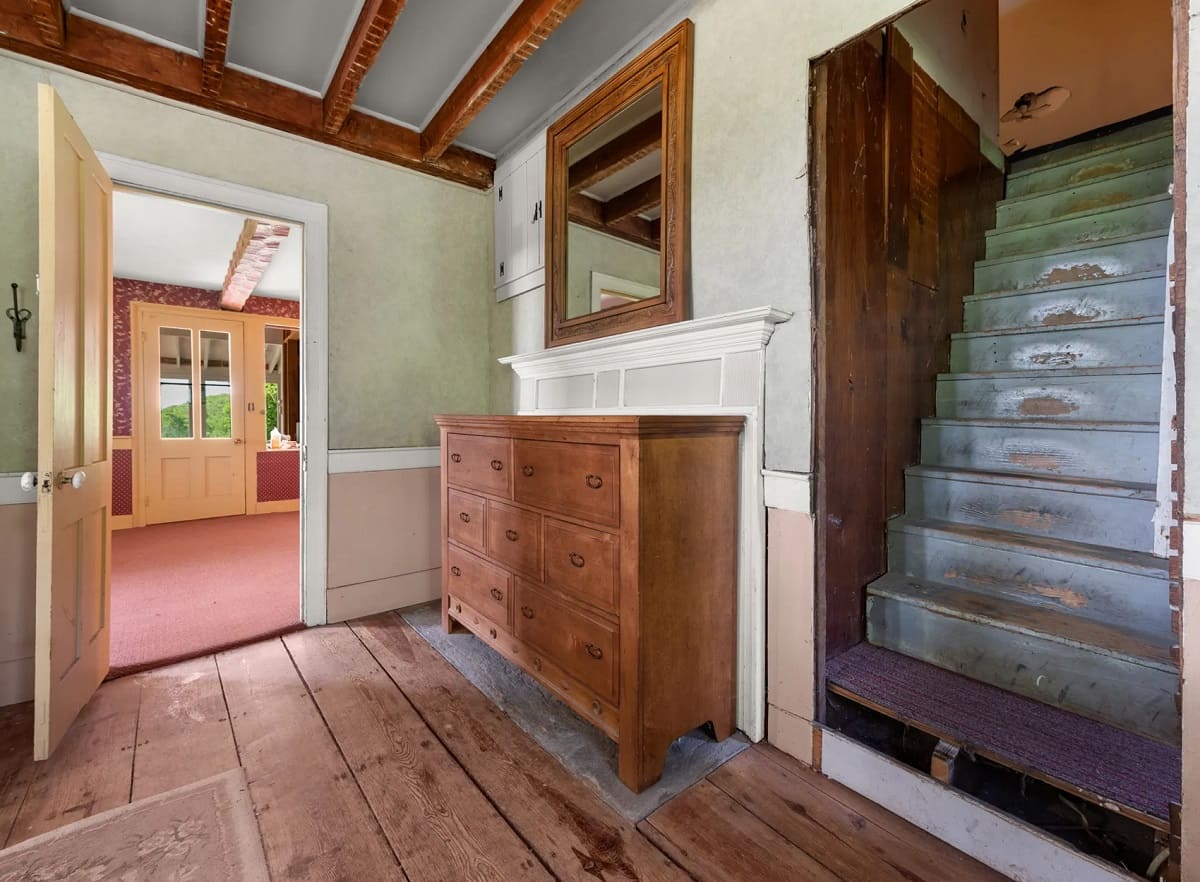
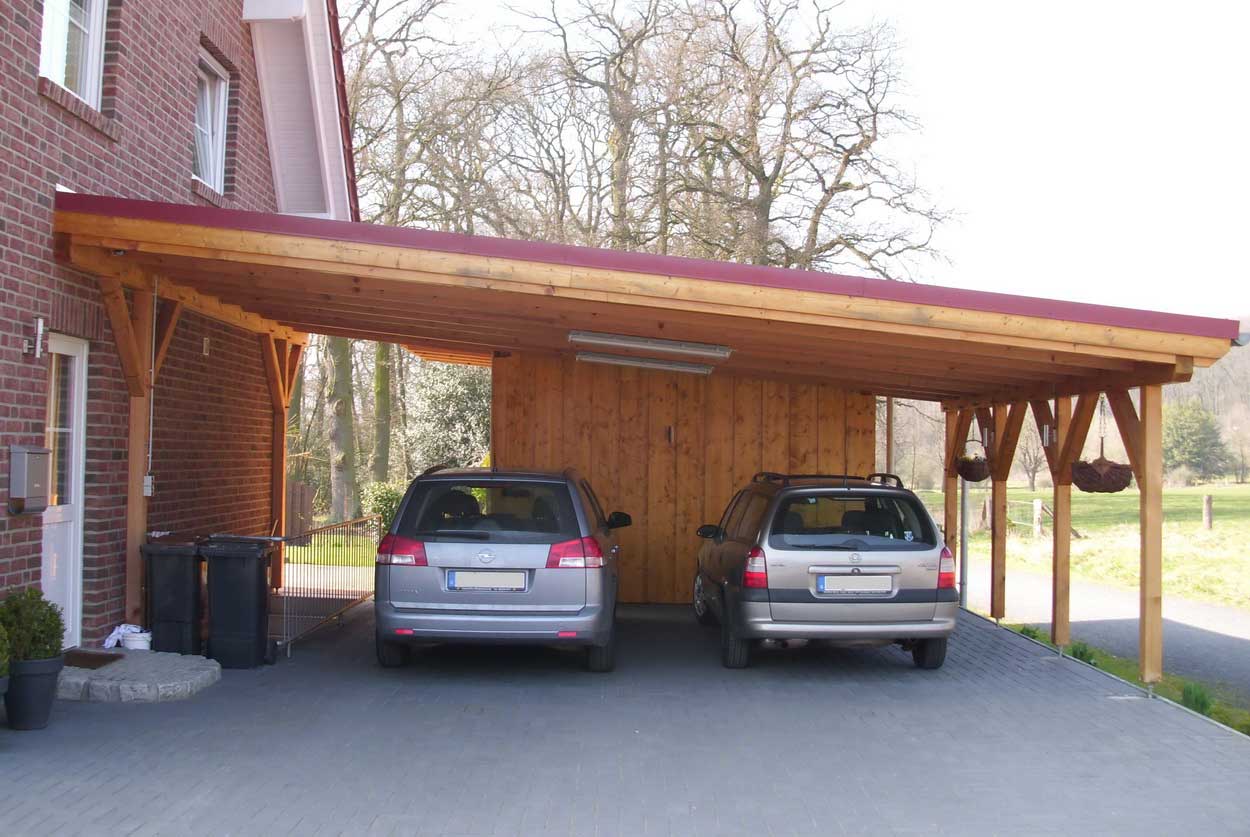
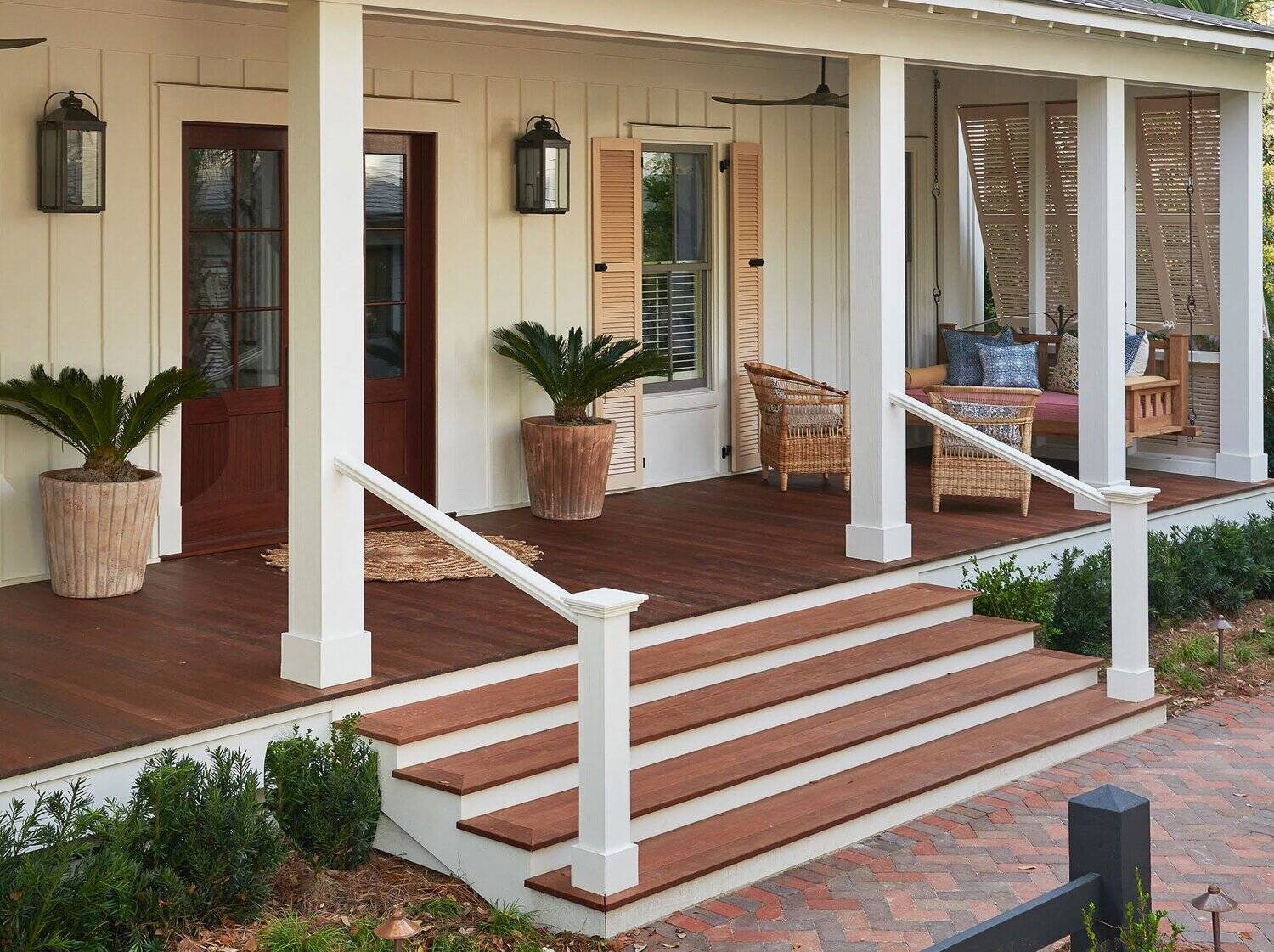
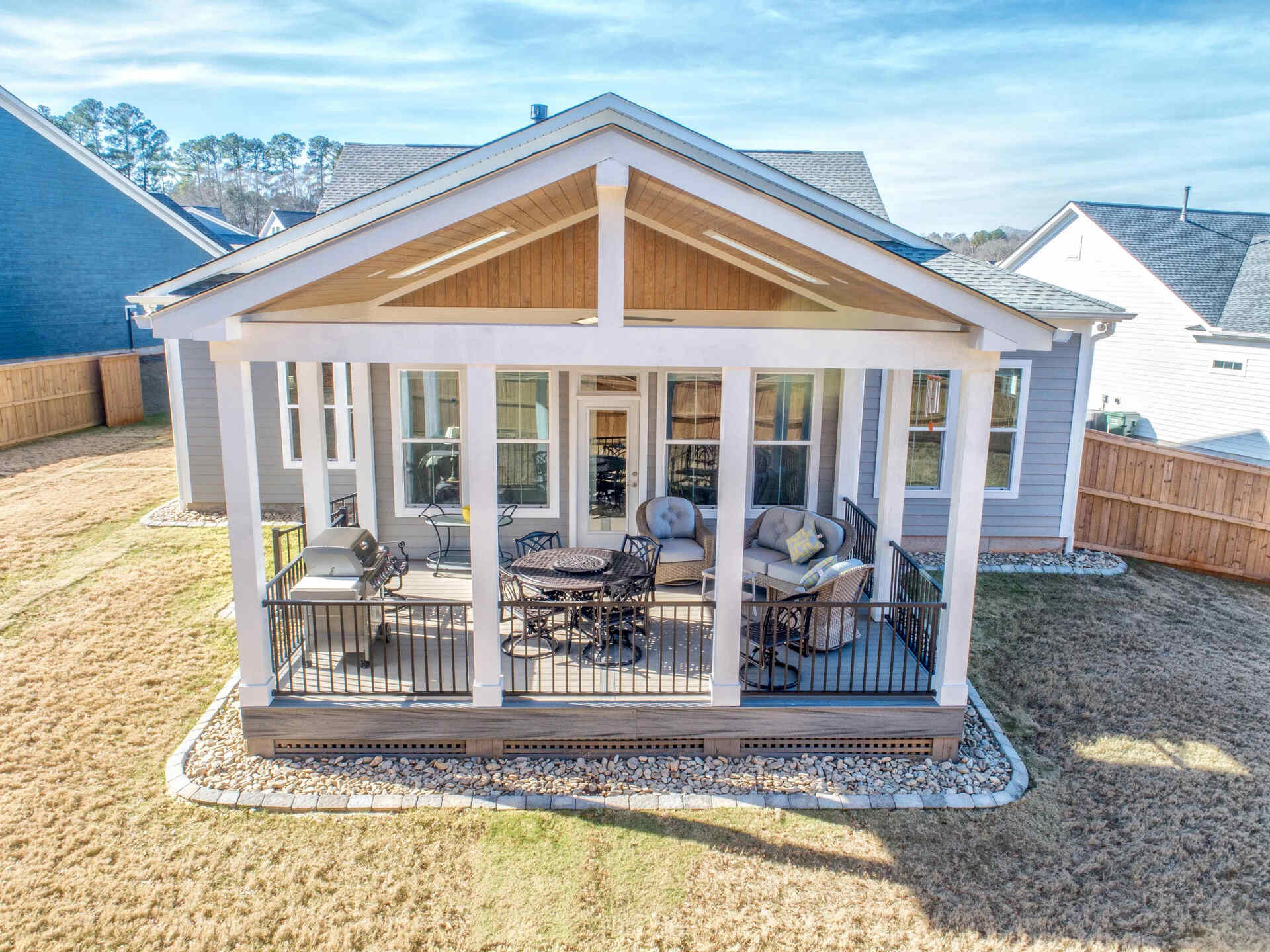
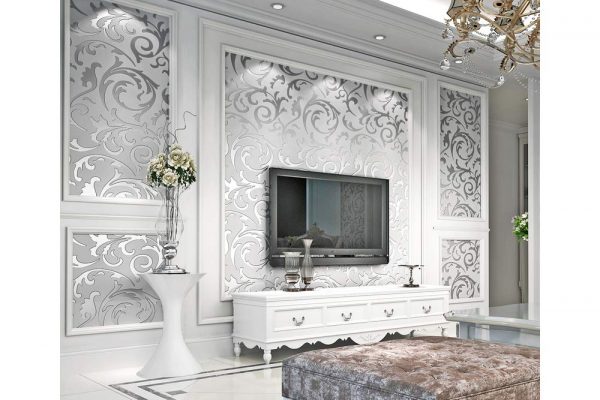
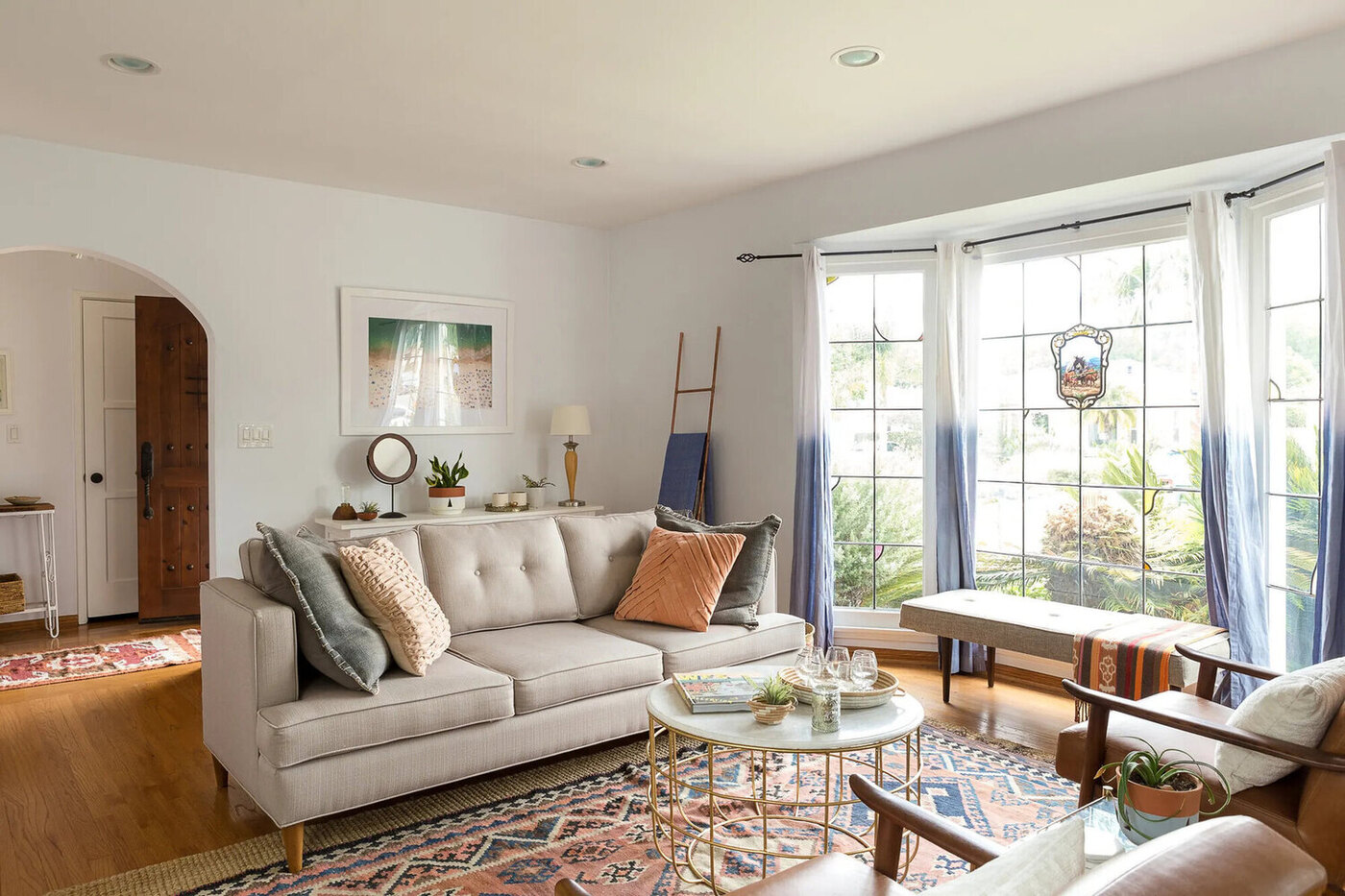
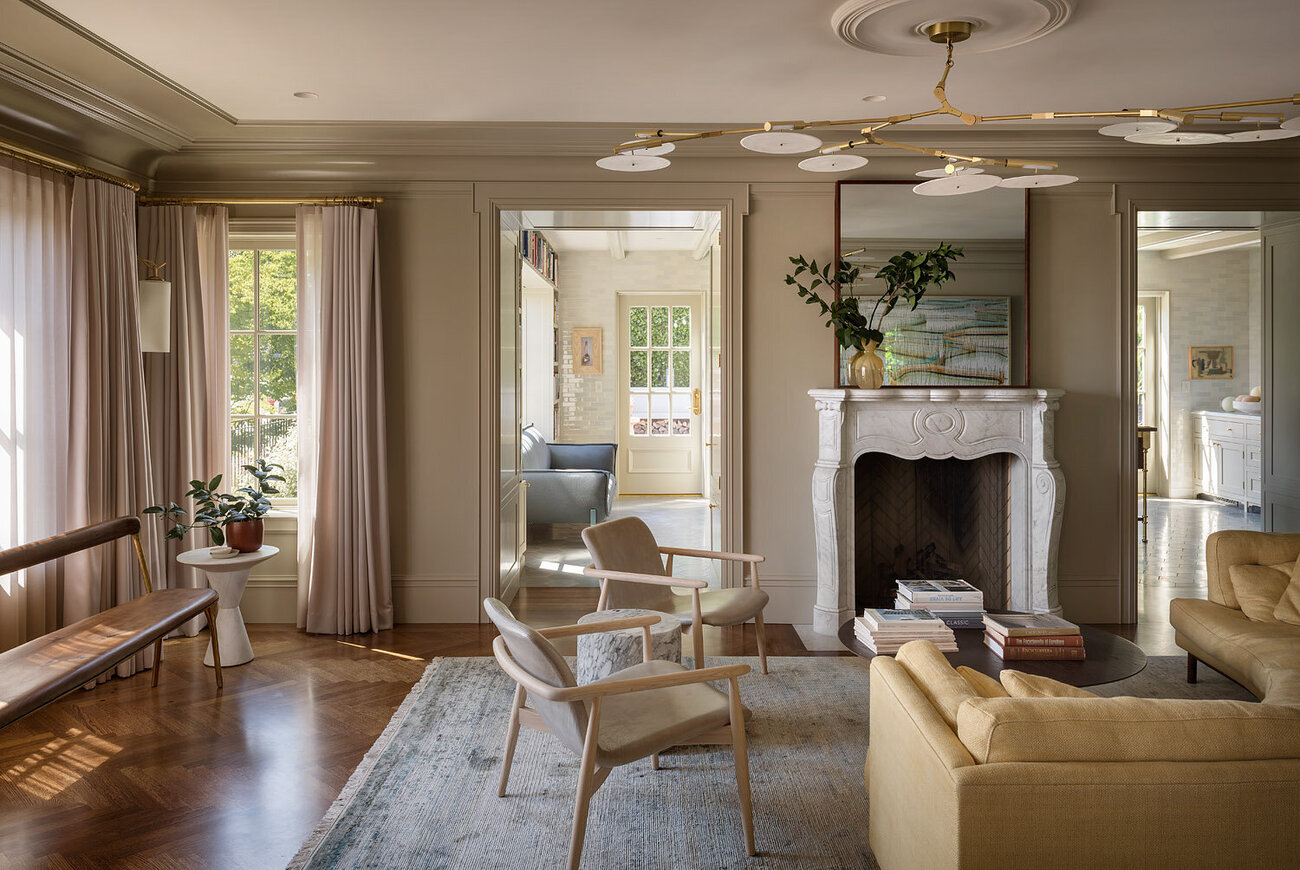
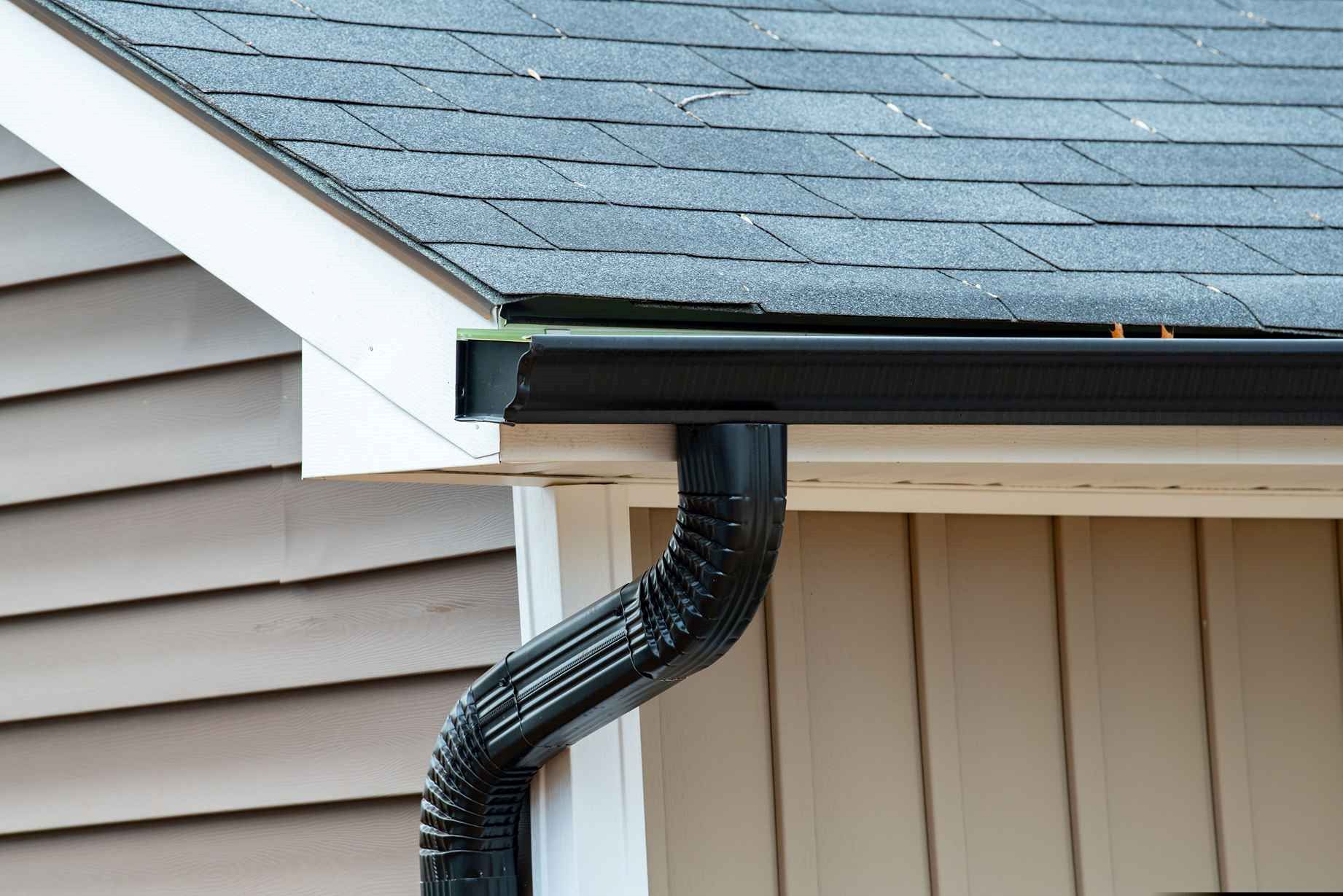
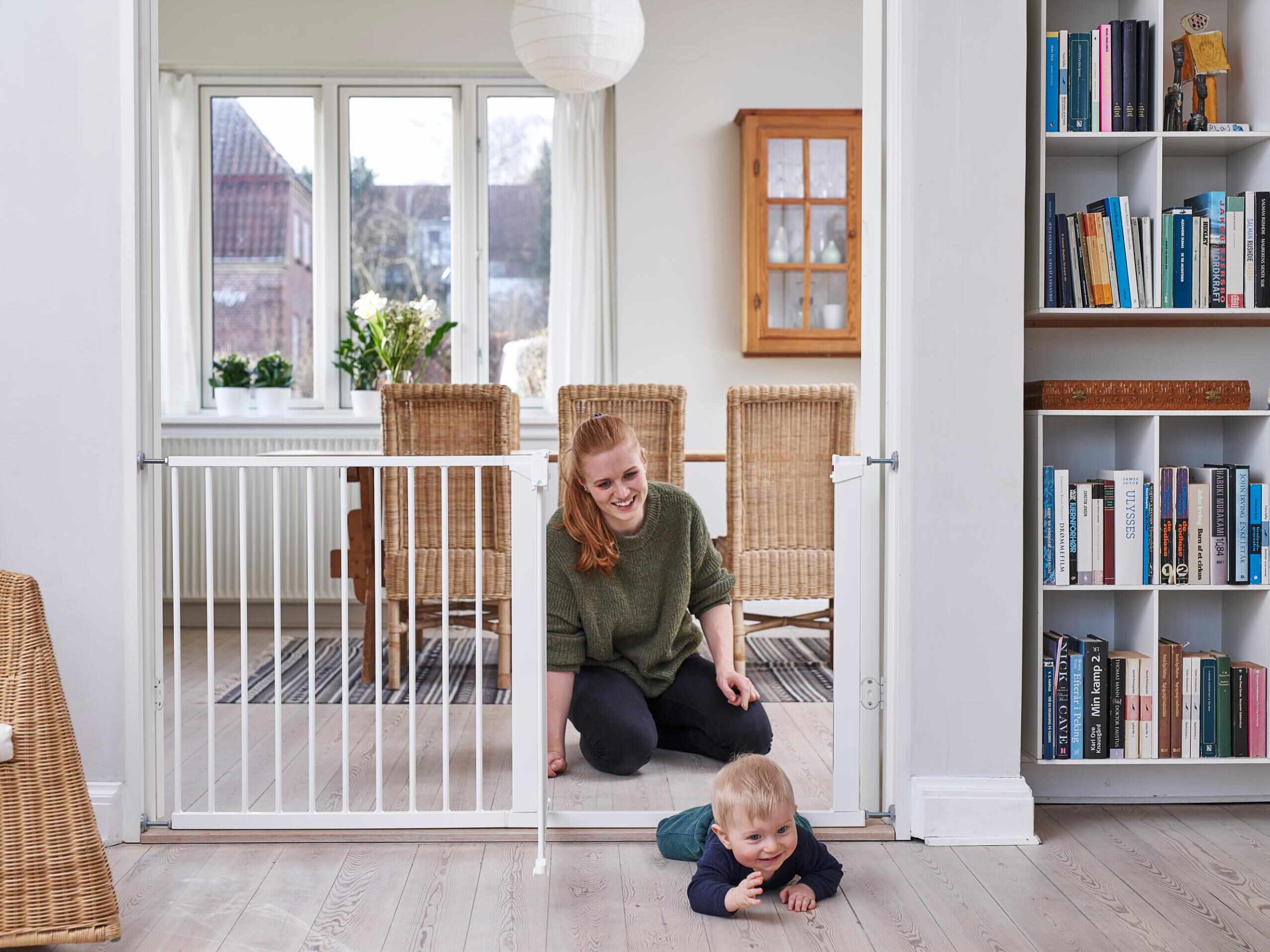
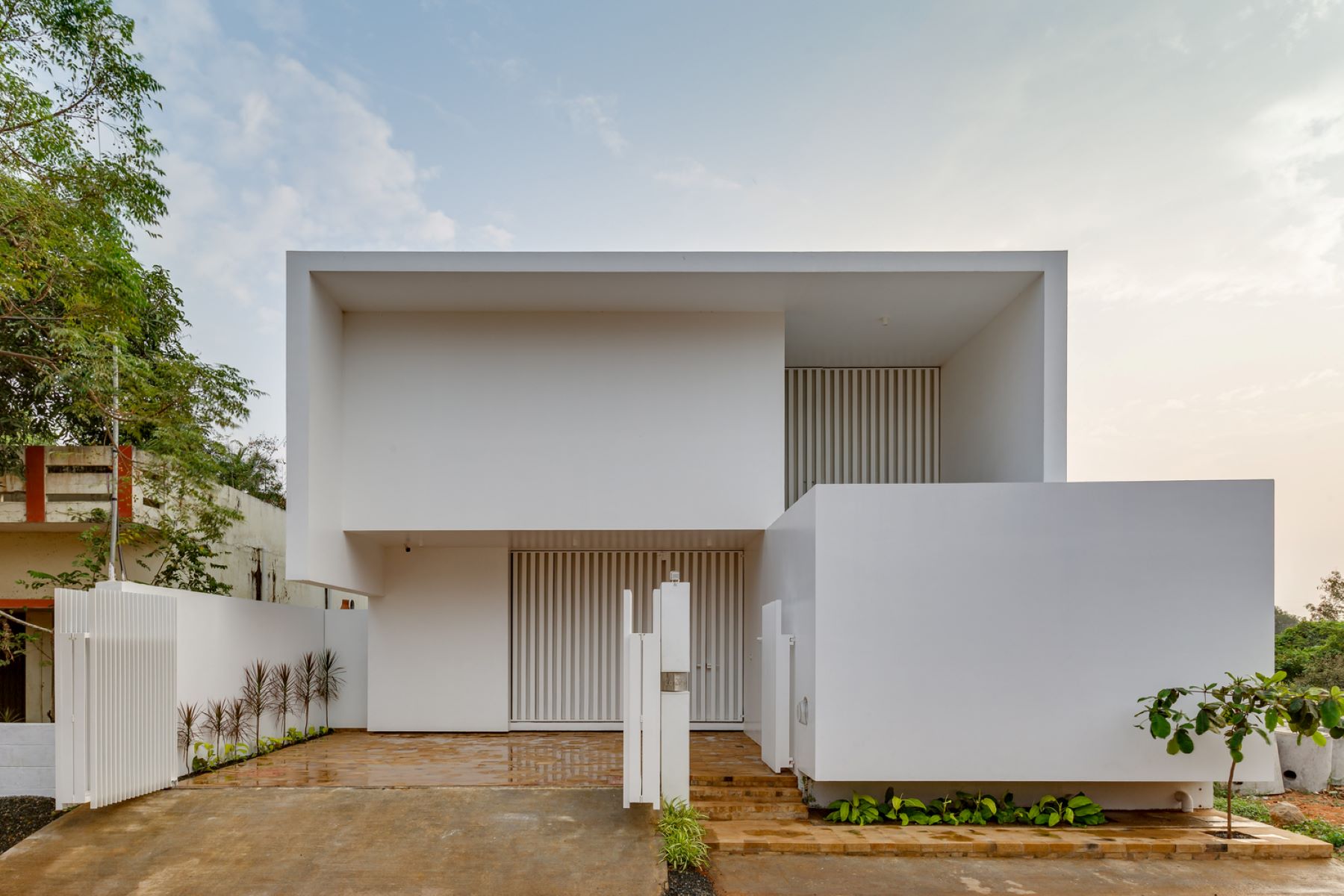
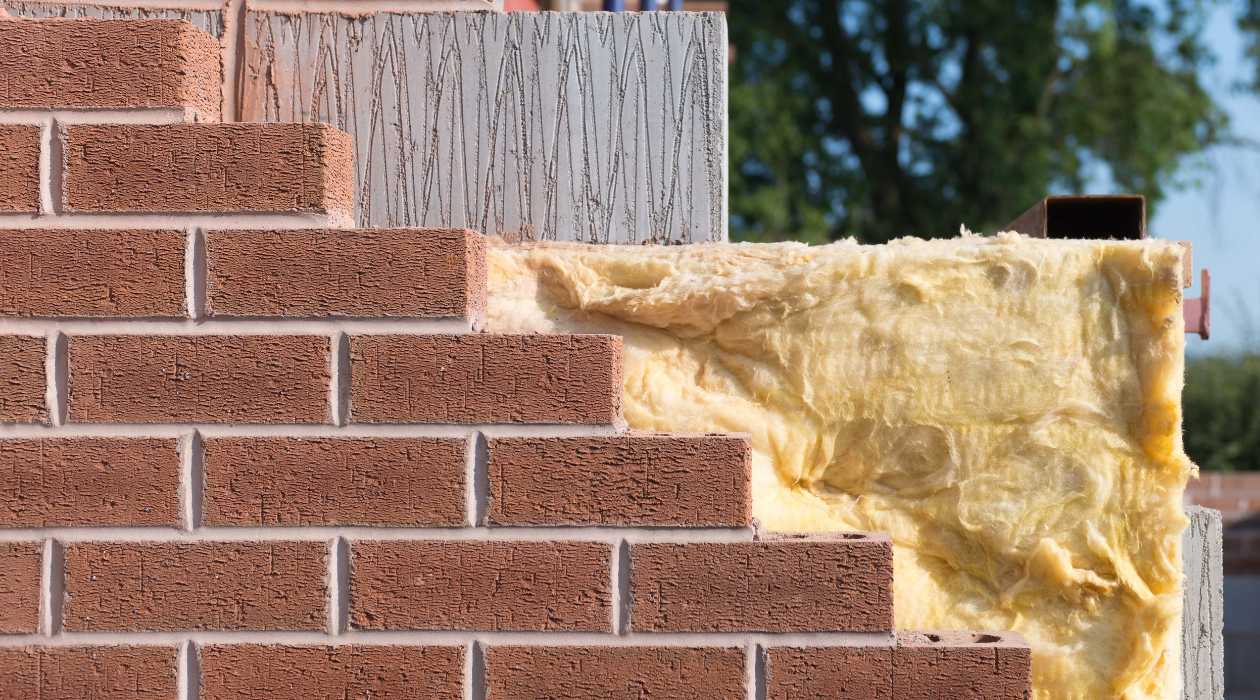
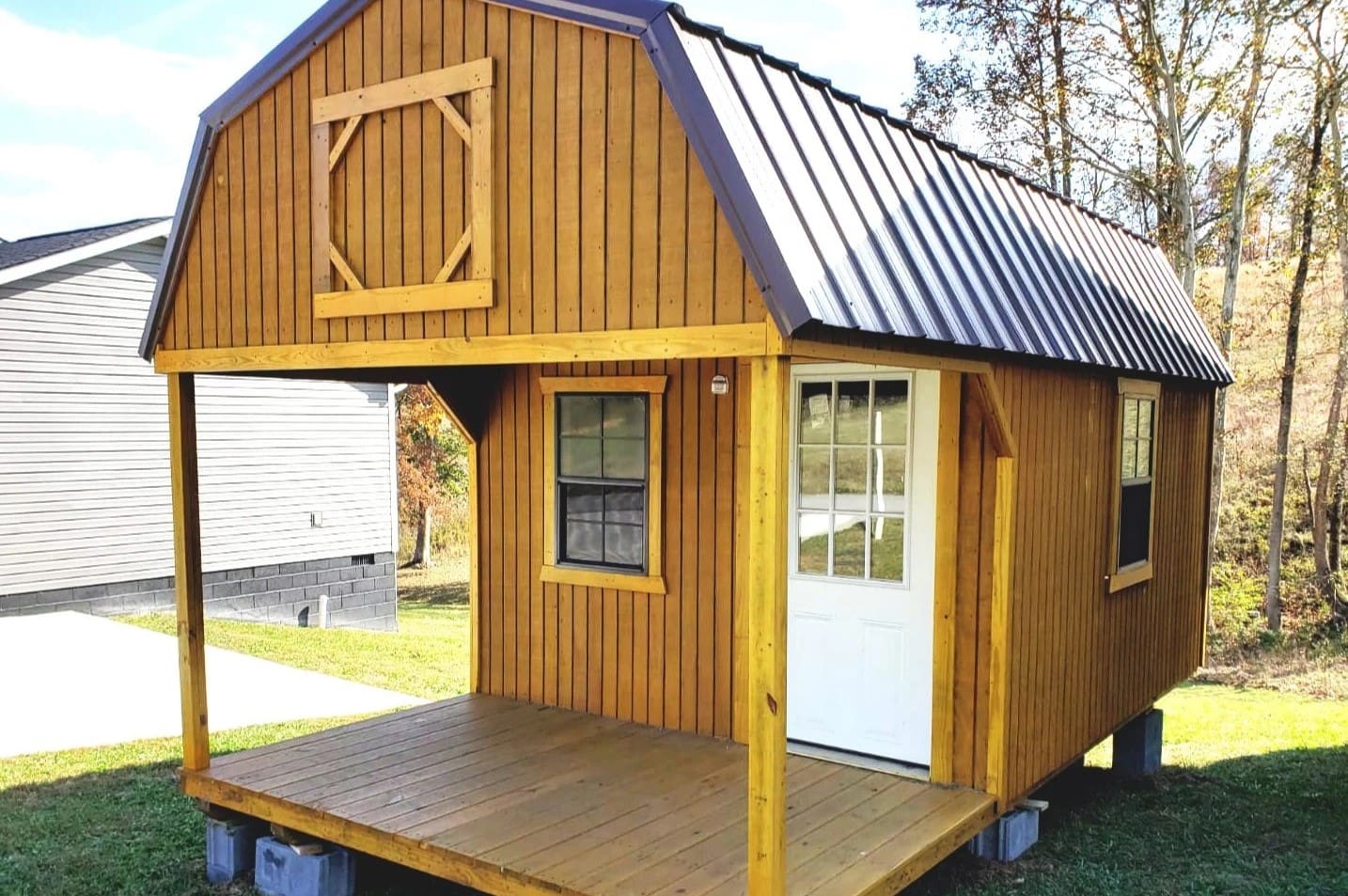


0 thoughts on “How To Design A House In Guatemala”